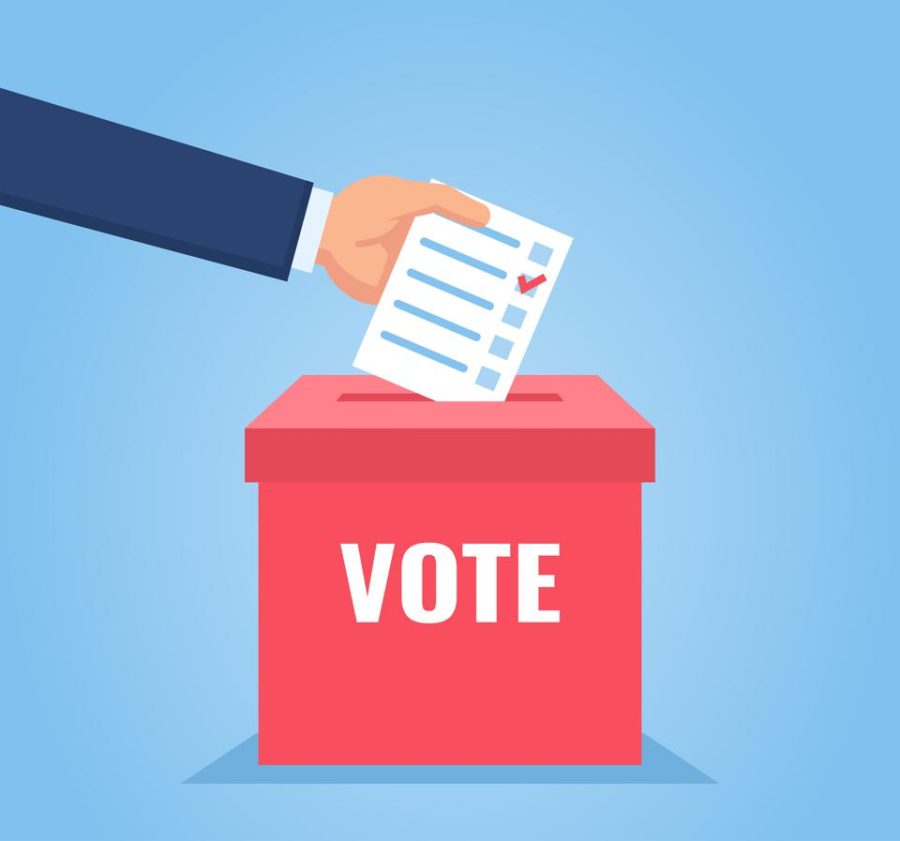How To Get Americans Out To The Polls
Within recent years, there has been a larger light shed on the lack of voters’ participation in the American polling system. For a variety of reasons, people struggle to cast their vote every time November rolls around, and it is critical that this reality changes in the upcoming elections. Luckily, there are a diverse number of options available to see an increase in voter registration take place.
The first way to influence citizens to vote is by solving the problem of the red/blue vote, blue/red state dynamic. In most states, if you vote in a presidential election for the Republican candidate, but you are voting in a majority blue state, then your vote is largely meaningless, as it will be subsumed by the much larger liberal voting majority, and vice-versa for Democrats in largely Republican states. It also means that presidential candidates have less reason to visit non-swing states.
As a result, these potential voters understandably feel left out. To promote voting in these non-swing states, it would be best to switch over to the Maine and Nebraska style of designating electors. In those states, it is possible for both parties to receive electoral votes, meaning that every vote has a chance to help one’s preferred candidate; even if the state as a whole largely leans one way or another. People don’t vote because they think that their, “vote doesn’t matter anyways.” If America has any hope of increasing voter participation, it must prove those people wrong.
A second method of getting Americans out to the polls concerns eliminating structural barriers to make voting more accessible. Across the country, roughly 6 million American citizens are hampered from acting upon their civic duty because of defunct and unjust ex-offender disenfranchisement laws. Further, less than half of employers nationwide give their employees paid time-off on Election Day, a significant impediment to voting for Americans living paycheck-to-paycheck.
Voter suppression laws have most recently made headlines in the form of Voter ID Laws, with several states requiring voters to present government-issued photo identification at the polls. Not only do over 21 million Americans lack such identification, but underlying documents required to obtain identification can incur significant costs for lower-income Americans, and in many rural areas, the nearest ID offices are over 170 miles away.
To increase voter participation, our country must establish Election Day as a National Holiday with paid time-off for all employees, and eliminate suppressive laws disenfranchising ex-offenders and those without government-issued IDs. Doing so will simultaneously cure another problem our country contends with: a lack of participation from low-income, minority demographics, who are more likely to have been previously convicted and without ID.
Our country has several adjustments to make within the voting process before we will be able to count any beneficial boost in the numbers. However, the changes listed above are extremely attainable and, with a little effort, can be fixed swiftly. In the meantime, it is crucially important that one message is broadcasted among the American public: every vote matters.

Jadyn has somehow survived 3 years of high school to become a senior. When not editing opinion articles, Jadyn can either be found stumping for Certamen...

Arielle is an IB Senior who is very excited for her fourth and final year with The Banner. Outside of The Banner, you can find her telling unfunny jokes...

Emma is a current senior who is so excited to continue being a section editor in her third year writing for the Banner. Outside of writing Opinions articles,...


